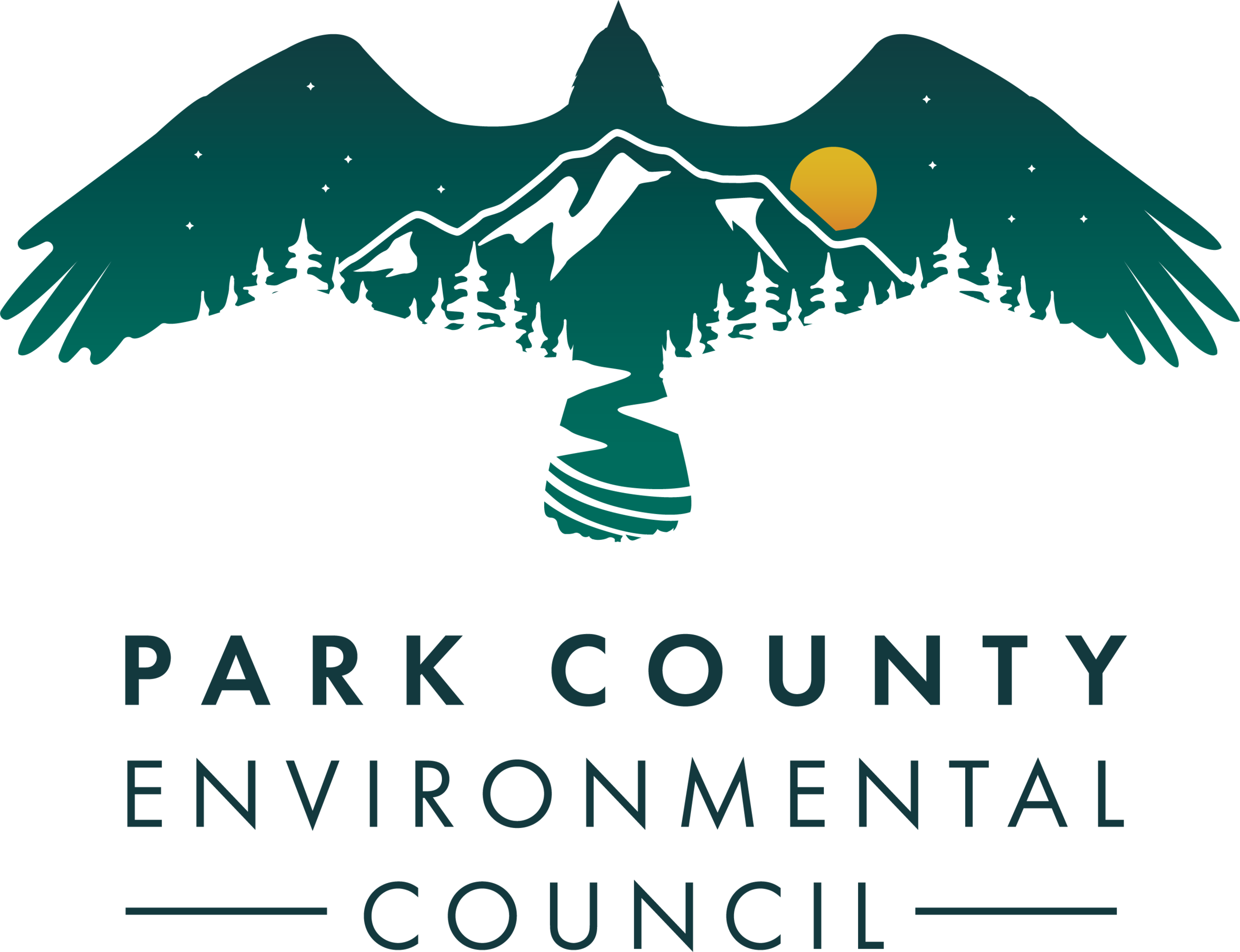Yellowstone River Recreation User Survey - Summer 2020
I am fortunate enough to remember a quieter time for the Yellowstone River, while growing up in Pine Creek, in Paradise Valley. Back then, there was an old trestle bridge, like the one still up at Tom Miner. When I was at our house, I could hear people drive across, due to the old, loose wooden planks. To launch a boat, you parked in a field on the west side of the river and used a steep, rutted two track to get to the river.
Now, there is a solid concrete bridge that vehicles won’t fall through; a nicely graded boat ramp that makes it much easier to get a boat to the water; a level gravel parking lot with plenty of space. I enjoy these upgrades, and use them often. It’s just that I now share the spot with many more people.
Some days, I see the full parking lot and move on to another one of my favorite spots. It depends on the day: sometimes I'm seeking solitude, and others I’m happy to join the fray. But I can’t help thinking what impacts this increased use is having on the river itself, and what it might be doing to change our experience of being out on the river.
I know I’m not alone in this reflection. I've heard many different thoughts and opinions on this matter from friends and PCEC members. Like me, everyone has observed a marked increase in people using the river, which reflects the growing numbers of people moving here, and increasing levels of tourism.
Regardless of where you stand on this new reality, it can no longer be ignored, or avoided. That’s why PCEC has been working with the Upper Yellowstone Watershed Group (UYWG) to take a closer look at recreational use on the Yellowstone River. It was one of the key issues that has been repeatedly raised and agreed upon by many as something that we all need to learn more about.
During the summer of 2020, we helped conduct a survey of user and boat counts to begin building baseline data on river use and pressure (who, what, where, to what extent) that will be shared with all river stakeholders. The project was developed cooperatively with the UYWG, the Institute for Tourism and Recreational Research at University of Montana, and Montana Fish, Wildlife & Parks (FWP), along with the active involvement and help with fieldwork from community volunteers and PCEC’s summer high school interns.
To learn more about the survey methods and results, visit the UYWG’s website. In an effort to remain transparent with our work, you can download the survey data and results. In January, PCEC featured the study in our ongoing Community conversations webinar series. You can watch a recording of the presentation at the end of the post.
Will this work result in changes in rules and regulations on the Yellowstone? That is not the intention of PCEC or the UYWG. Any actions in that regard fall to the FWP. The data we are collecting is meant to guide the community as we acknowledge the issue of increased pressure and use, allowing us to avoid potential conflicts between user groups like we have seen in the last couple years on the Madison River, for example.
When I was out collecting data last summer for this project, it was the first time that I had gone to a fishing access site and didn’t quickly move on, either hiking up the bank to fish, or to embark on a float. I gained a new perspective. Aside from the great people-watching, and being amazed at just how busy the river can get on a Sunday afternoon in July, I saw people who were all truly happy. Beer might have helped. But really more than ever, especially during the trying times under the cloud of Covid, the river was an escape.
Spending time on the river is always a welcome respite for everyone. But as we see this area grow in popularity, and population, we can’t take anything for granted any more. If we want to keep our collective experience of river time positive, we have to increase our knowledge and understanding of how, where and when we use the river, since we all have a pretty good idea of why. This recreation survey is a step in that direction.
If you have any questions about the River Recreation Use Project, or you are interested in volunteering, please feel free to reach out to our Conservation Director, Max Hjortsberg.

